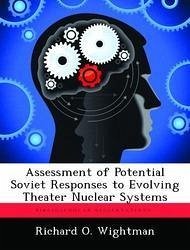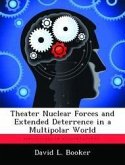This study focuses on the Soviet perceptions and decision making processes which influence Soviet reaction to US initiatives in modernizing or developing theater nuclear systems. Beginning with a discussion about the consequences of previous U.S. misperceptions of Soviet intentions, the study supports the need for ongoing analysis of Soviet actions from the Soviet perspective. The Soviet view of the world is examined in terms of Marxist-Leninist ideology, Soviet fears of encirclement and invasion, and the Soviet perception of world power relationships or correlation of forces. The affect of Soviet military theory on reactions and responses to the subject of U.S. military developments is assessed, specifically in the areas of military doctrine and military science. The influence of military art is discussed with emphasis on strategy and operational art. The Party political controls on Soviet military matters are described, including a breakdown of the military decision making process. Soviet responses to U.S. nuclear weapons initiatives, including the Pershing II, Ground Launched Cruise Missile and Enhanced Radiation Weapons, are discussed in terms of military and political reactions. Soviet use of propaganda is highlighted. The importance of superiority and technology as an integral part of that superiority are examined, as is the Soviet use of technology transfer. This study hypothesizes that any Soviet reaction to U.S. action is based upon unique Soviet perceptions which are strongly influenced by Marxist-Leninist ideology, insecurity, military theory, Party bureaucracy, and world correlation of forces. The findings of this thesis indicate that any US/NATO force modernization initiative which alters the Soviet perception of the correlation of forces in Europe will evoke some form of response.








